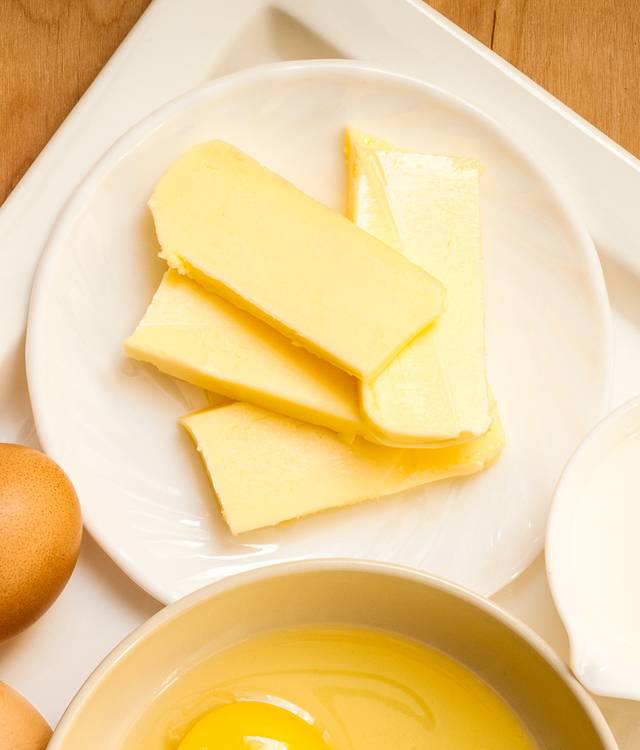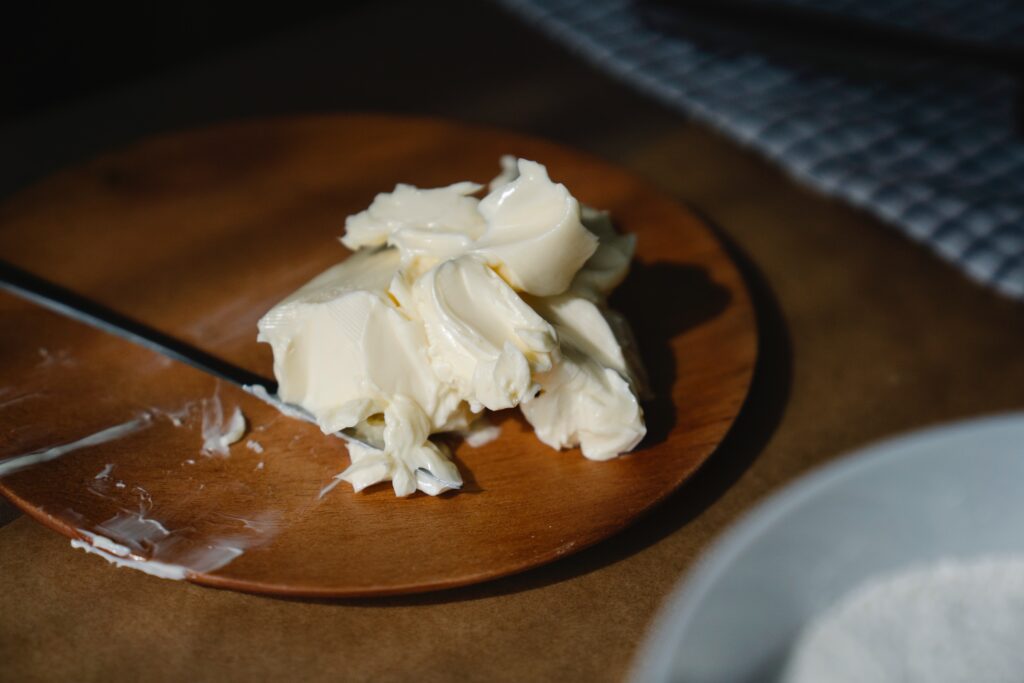
Some recipes call for using unsalted butter and then adding salt.

This is particularly important when baking sweets like cakes or cookies, where the unadulterated sweet cream flavor of butter allows the natural sweetness of your ingredients to come through. Using unsalted butter gives you complete control over the overall flavor of your recipe. A teaspoon of butter only has four grams of fat, and it really enhances the flavor. You’d be surprised at how quickly it can turn your ordinary boring breakfast into a delicious yet healthy treat. Make your breakfast interesting by spreading a bit of salted butter on your morning whole grain muffin. Some use salted butter to add a special flavor to the dish they’re preparing. You can use it in recipes when you’re not so concerned about controlling the amount of salt in the recipe. It’s an ideal spread for breads and a great topping for pasta and veggies.

You can use salted butter for any purpose. Another issue with salted butter is the uncertainty about how much salt it contains, which means you have no control over your intake.
:max_bytes(150000):strip_icc()/GettyImages-635995848-5a373421c7822d0037924738.jpg)
So, the unsalted butter sitting on the shelf at your favorite grocery store is probably fresher than the salted variety. Salted butter also lasts longer in the refrigerator, since salt acts as a food preservative.Īccording to the National Dairy Council, salted butter can last up to two months in the fridge, while unsalted butter will probably last for just two weeks. The exact amount of salt present in the butter will depend on the brand. While most unsalted butter is 100% cream, salted butter will have some salt added to it. What’s the Main Difference between Salted Butter and Unsalted Butter?Ĭlearly, the most notable difference between salted butter and unsalted butter is the presence of salt in the former.


 0 kommentar(er)
0 kommentar(er)
